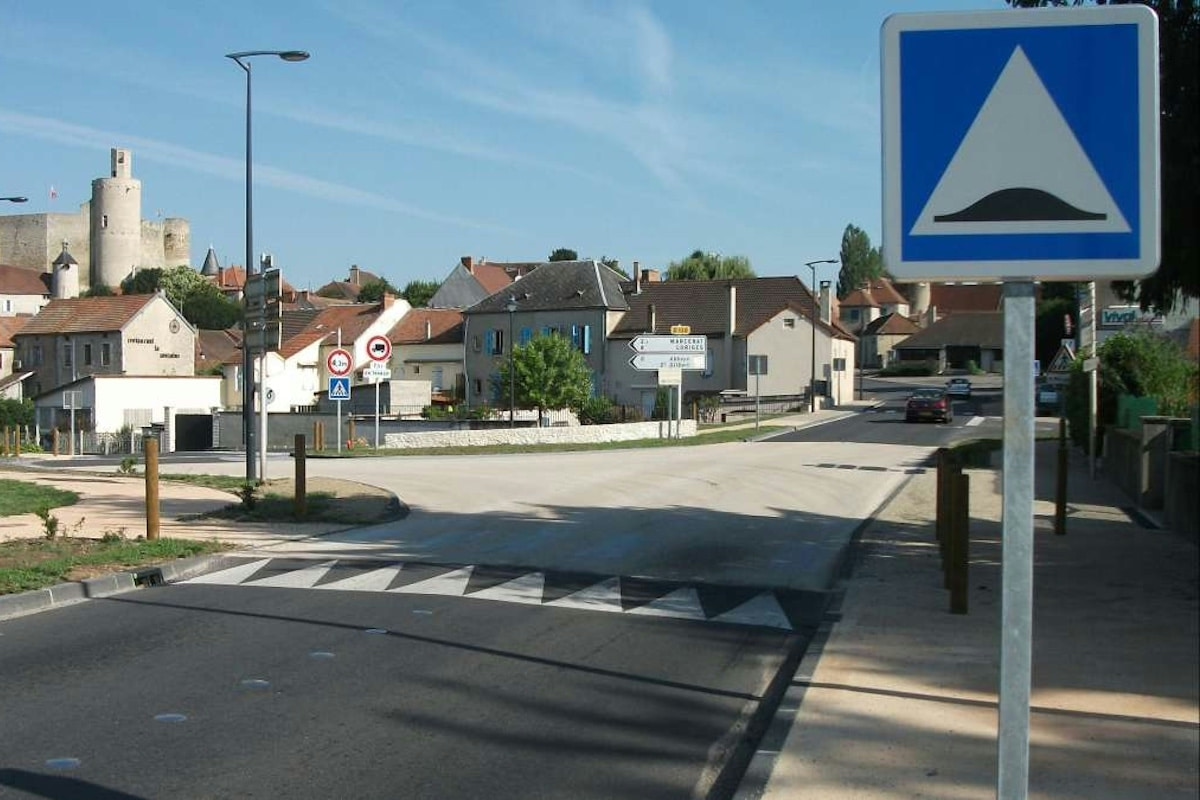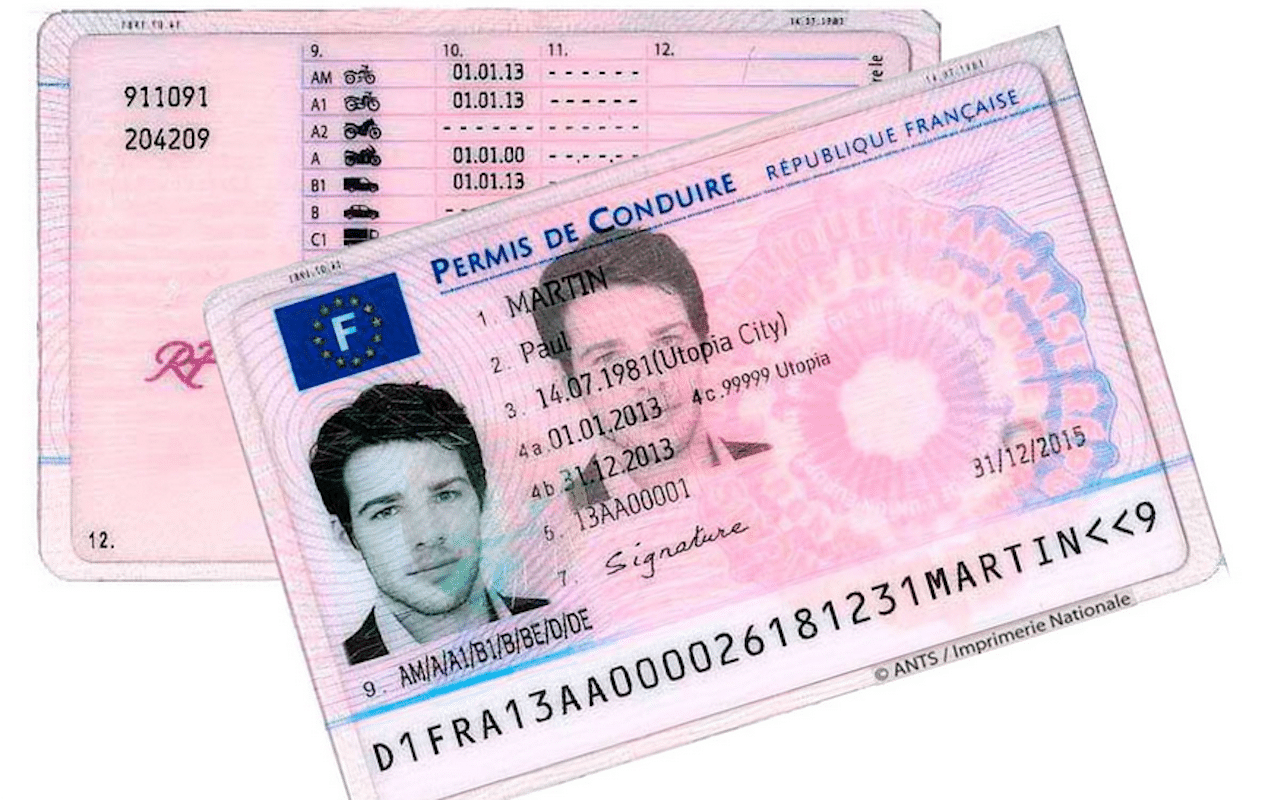Isn’t there something more important than the size of speed bumps?

In France, there are reportedly more than 450,000 speed bumps. A staggering figure, reflecting the debates they provoke.
Recently, the Council of State acknowledged that many speed bumps do not meet established standards. Yet, no obligation has been imposed on local authorities to remove them. This status quo raises a question: is it more relevant to be outraged by the height of a poorly designed speed bump than to ask why it exists at all?
Because a speed bump, even if “illegal,” has a clear purpose: to slow vehicles down. If a driver damages their car or falls off their motorcycle, isn’t it often because they were going too fast or not paying enough attention, particularly where caution is crucial? No sterile controversy; the pain of victims and the risks to motorcyclists or cyclists should never be minimized. But can we reasonably condemn a safety device for having… fulfilled its role?
France, its complainers, and its speed bumps…
The truth is more nuanced. Some speed bumps are installed thoughtlessly, poorly marked, or placed in areas with reduced visibility, and the consequences can be dramatic. In these cases, the responsibility of municipalities, and even public works companies, is logically engaged. But how many accidents have these speed bumps caused compared to the number they have prevented? This statistic does not exist, but the positive ratio is not up for debate.
So rather than entering into a sterile war between pro and anti-speed bump factions, and feeding a few lawyers who have sniffed out a good opportunity, let’s ask a more useful question: where to invest for sustainable safety? Bringing thousands of speed bumps up to code will cost millions. What if that money were better spent on properly marking them rather than tearing them down? Furthermore, wouldn’t it be smarter to invest the saved money in illuminating high-risk areas at night, installing safety rails for motorcyclists, setting up smart illuminated crosswalks, or better marking dangerous turns?
The speed bump is not the enemy. The improvisation and absence of a comprehensive approach to road safety is. Instead of endlessly debating the height of a speed bump, let’s first ensure that it is in the right place. And above all, let’s not forget: the best speed bump remains intelligence behind the wheel, and unfortunately, there is no standard for that.
ALSO READ: 50 km/h and carpooling: How is the Paris ring road doing?
This page is translated from the original post "N’y a-t-il pas plus important que la taille des ralentisseurs ?" in French.
We also suggestthese articles:
Also read






